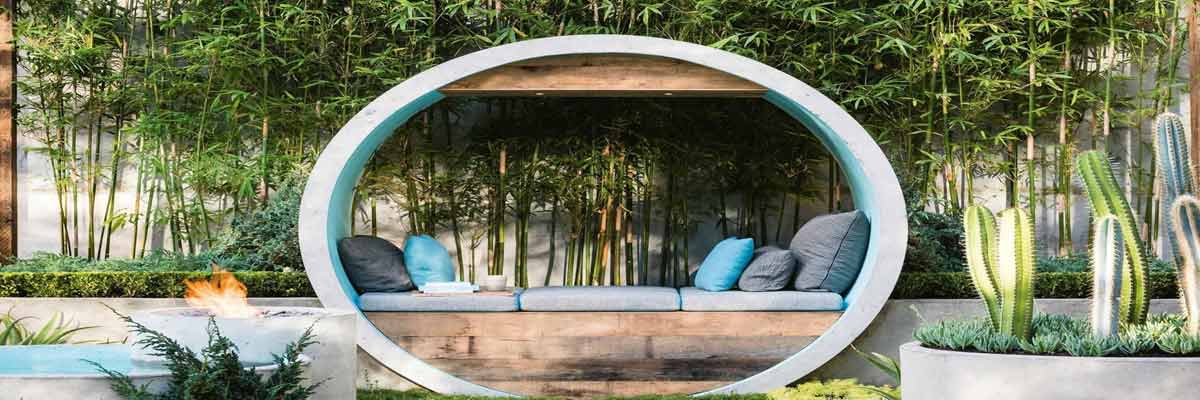Creating a Self-Sustaining Garden in Australia’s Tough Conditions
Landscape design can be complicated at the best of times. However, it is even more so when Australia’s tough conditions are involved. In many parts of the country, the climate is among the harshest in the world, which means that ‘normal’ landscaping rules don’t apply.
Australian landscaping company Principal Landscapes advise that instead, gardens must be designed with the specific climate conditions in mind, especially if they are to be self-sustaining in any shape or form. There are a lot of pressures to contend with, including poor soils, heat, and low rainfall (in most of the country). This means that you should plan your garden around these things.
Some of the best things that you can do to create a self-sustaining garden in Australia’s tough conditions include:
Use native plants wherever possible:
Australia’s native plants are incredibly diverse, unique, and beautiful. Despite not being used extensively in gardens – particularly in urban environments – they are actually very well suited to sustainable gardening. Our native plants have evolved here to cope with the country’s tough conditions.
Many natives come from extremely dry or arid areas themselves, and are therefore drought resistant and don’t require a lot of water. They won’t suffer if it gets too hot, and in fact, many natives thrive in the heat. A lot of small native shrubs are actually adapted to grow in poor quality soils, which makes them perfect for a sustainable garden – you won’t have to use a lot of synthetic fertilizers.
Use some method of water recycling:
As noted above, the the majority of Australia is very dry. This means that water shortages are common, and it simply isn’t sustainable to use a lot of water on your garden. Obviously, planting drought resistant plants is a good first step, but you can do more. Implementing some water collection system, such as gutters and a small tank to collect rainwater, can help you reduce your environmental impact, while still giving your garden the water it needs.
Encourage a garden that works together:
Unfortunately, chemicals are used on most gardens throughout the world to control insects or weeds. However, there are a lot of more sustainable options out there, especially when it comes to insect control. When designing your garden, think about ways to attract native birds and smaller animals, as these will often prey on harmful insects. You could also consider getting something like ducks or chickens – not only will they control your snails and other insects, but they will provide you with eggs as well if you look after them well!
Final word:
In the end, the perfect sustainable garden is very hard to achieve. However, that doesn’t mean that you can’t do some small things to make your garden more sustainable. Think about ways to reduce your water usage, grow plants that are suited to the environment, and make sure that you avoid chemical use wherever possible.






